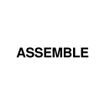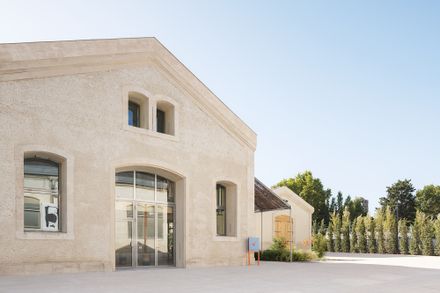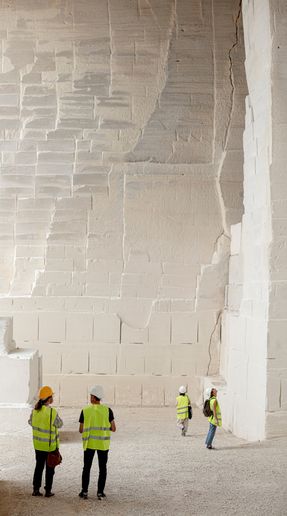
Lot 8 Design and Research Laboratory
ARCHITECTS
Assemble, Bc Architects
MANUFACTURERS
Bc Materials, Luma Arles
DESIGN TEAM
Bc Architects & Studies + Assemble
ENGINEERING & CONSULTING > STRUCTURAL
Betrec
LANDSCAPE ARCHITECTURE
Chris Posma, Syneff Consult, Coldep, Tpf-i, Marie Marquet, Florent Valentin, Dominique Cardon, Véronique Mure, Genre, Agence Paysage
GENERAL CONSTRUCTING
Atelier Kara, La Pierre Au Carrée, Leemniscaat, Menuiserie Correze, Tanzi, Cvi, Guintoli, Novacier, Calvo, Fernandez & Fils, Ckat, Le Village, Tonello
ENGINEERING & CONSULTING > ENVIRONMENTAL SUSTAINABILITY
Syneff Consult
PHOTOGRAPHS
Morgane Renou, Joseph Halligan | Assemble, Baptiste Chatenet | Bc Architects&studies, Joana Luz, Adrian Deweerdt | Atelier Luma, Laurens Bekemans, Maria Lisogorskaya | Assemble
AREA
2500 M²
YEAR
2023
LOCATION
France
CATEGORY
Workshop, Cultural Architecture, Renovation
Text description provided by architect.
The Lot 8 project is a collaboration between BC architects & studies & materials, Assemble and Atelier LUMA.
The 'Magasin Electrique' is a 2100m2 former 19th century train depot building, and has been renovated to provide a new workspace for the design and research laboratory Atelier Luma, including workshops for timber, metal, ceramic.
And textile, alongside dedicated algae and mycelium laboratories, meeting rooms, desk and production space, library and resource centre.
Atelier LUMA is the design research program of LUMA Foundation. Based in the Parc des Ateliers in Arles, France, since 2017, it is deeply connected to its geographic and cultural environment: the Camargue region, the Alpilles mountains, and the Crau plains.
"Through investigating the resources and know-how in our bioregion, and connecting different fields of expertise, Atelier Luma develops local solutions for ecological, economic, and social transition"
Working in close collaboration, the team set out an ambition to create a flagship piece of bioregional design, presenting a new attitude towards materials, promoting and highlighting innovation in bioregional design practice.
The project is developed in collaboration with local stakeholders, it is drawing from regional know-how and resources, and it aims to create lasting impact through training programs and transmission projects.




























